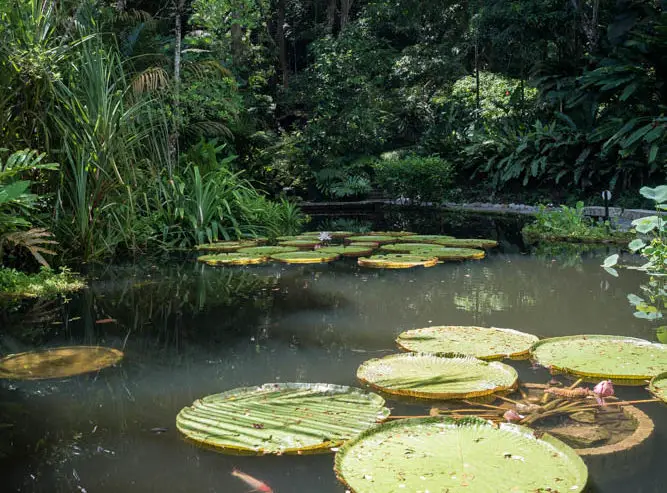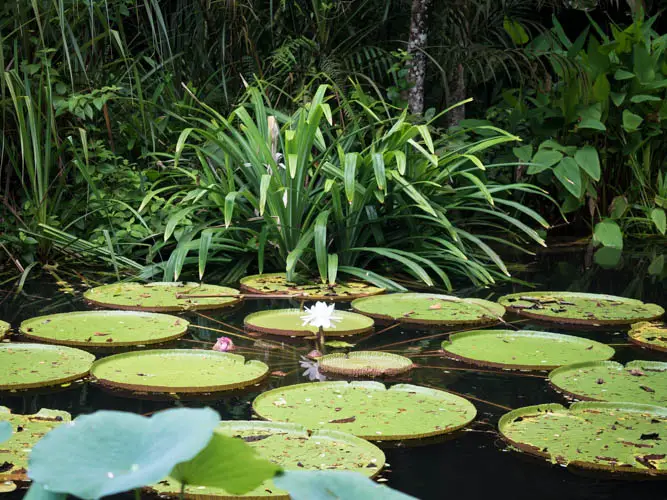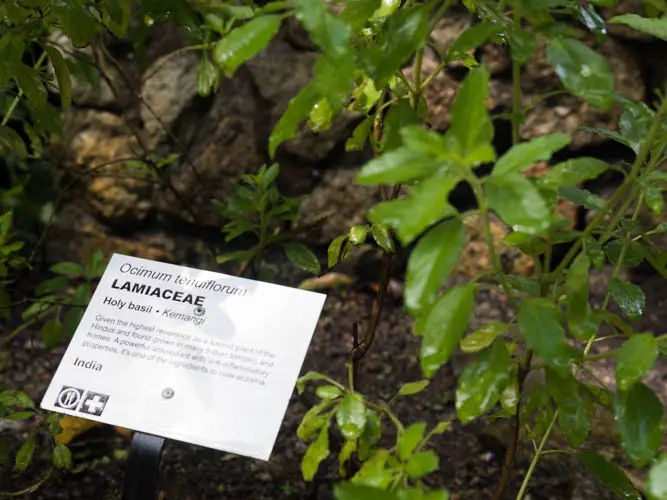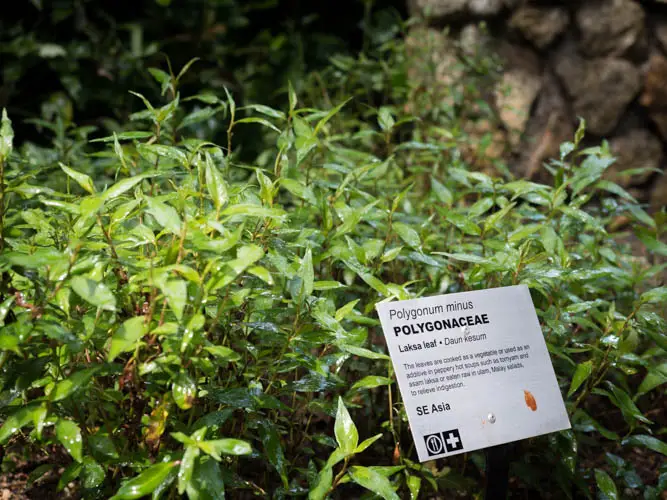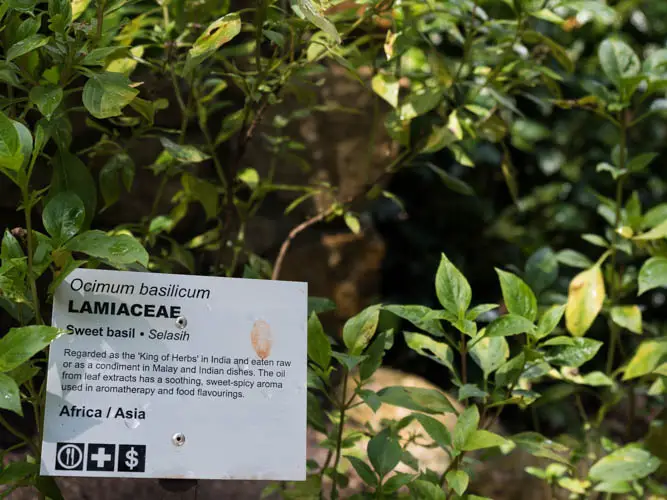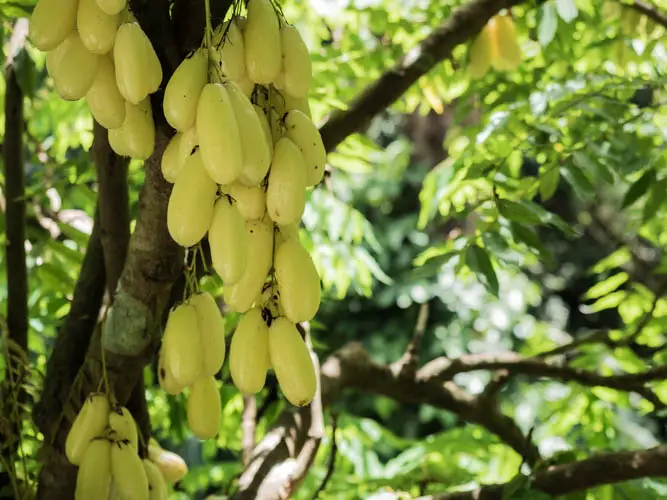As an Amazon Associate I earn from qualifying purchases. Please read the disclaimer for more info.
The Tropical Spice Garden had been high on my list of places to visit when planning my recent trip to Penang. I had read about the cooking classes, the café, and the tours of the gardens which made it sound like it would be quite a pleasant day out.
And it was!
According to the Tropical Spice Garden website, the gardens were once an abandoned rubber plantation, before the founders, Davis and Rebecca Wilkinson, assembled a team to help transform the site into one of South East Asia’s award-winning eco-tourism destinations.
After arriving at the gardens, we immediately booked in for a guided tour of the Spice Trail. There are a number of different trails to experience, and although it is possible to take a self-guided tour using audio devices, we chose the guided tour option as it had been recommended due to the interactive nature of it; some of us like to ask (too many) questions, at times.
The tour starts at the Water Garden, and immediately we were a world away from the bustling streets of George Town. The air was fresh, the aromas of the plants started filling the nostrils, and the shade made the heat quite bearable.
Our tour guide, who was very informative and had an effervescent personality, took us along the paths stopping by a wide range of plants so that we had the opportunity to smell, touch, and taste the different leaves and begin to appreciate how they fit into the well-known dishes we were eating here in Penang every day.
These were just a few of the more than 500 different species of plants in the gardens.
At one stage during the tour we were told that the etymology of the name Penang comes from the name Pulau Pinang, which means the “island of the areca nut palm”. It was relevant at this point because we were literally standing under the shade of the Pinang tree itself.
Further along the path is the “spice globe”. Here the guide used the prop of an actual large world globe to give the group an overview of the history of the global spice trade, and more particularly its impact on the Asian region.
It was also here we had the chance to touch, smell, and grind up a few of the whole spices such as cloves, nutmeg, and cinnamon, and understand how they are used in local cooking.
Just beyond the spice area, we also had the chance to try the fruit of the Tree Sorrel, which is not only used as a souring agent in cooking, but used as a cleaning agent for the keris blade, due to its high levels of oxalic acid.
Not far from the end of the tour was a stop at the the Bamboo Garden, where a refreshing herbal tea was served to the group.
The tour finishes at the gift shop, naturally, which not only houses the usual souvenirs, but an impressive collection of books covering all areas of horticulture. I found a very useful “pocket guide” to spices and herbs that I used as a reference since the visit.
Unfortunately, we didn’t have the chance to take one of the cooking classes. I had read some great reviews where students get the chance to learn how to cook dishes from a number of cuisines including Nyonya, Malay, Indian, and hawker food. Next time!
We did, however, have time to enjoy a “post-tour” relaxing drink at the Tree Monkey Restaurant, where we were able to take in some great views of the Straits of Malacca.
We all thoroughly enjoyed our time at the Tropical Spice Garden, especially the chance to be hands-on with the tasting, touching, and smelling of the herbs, spices, and fruits that are used in the local cooking.

